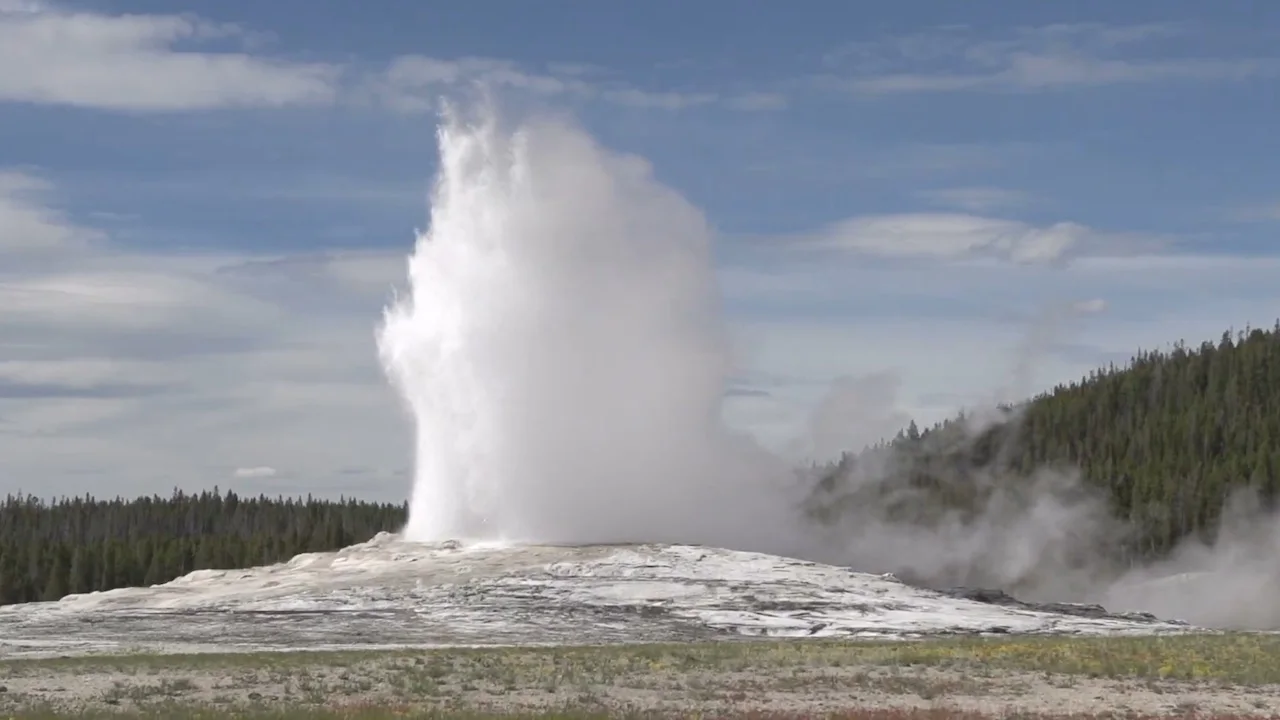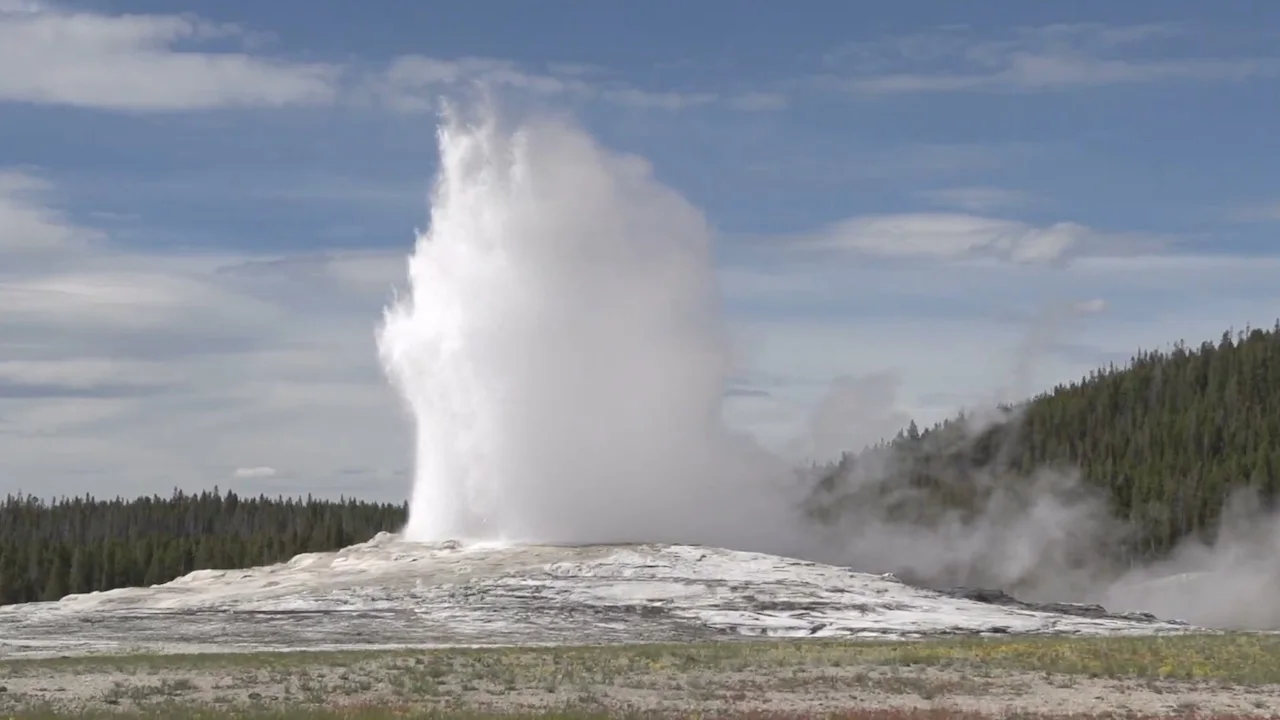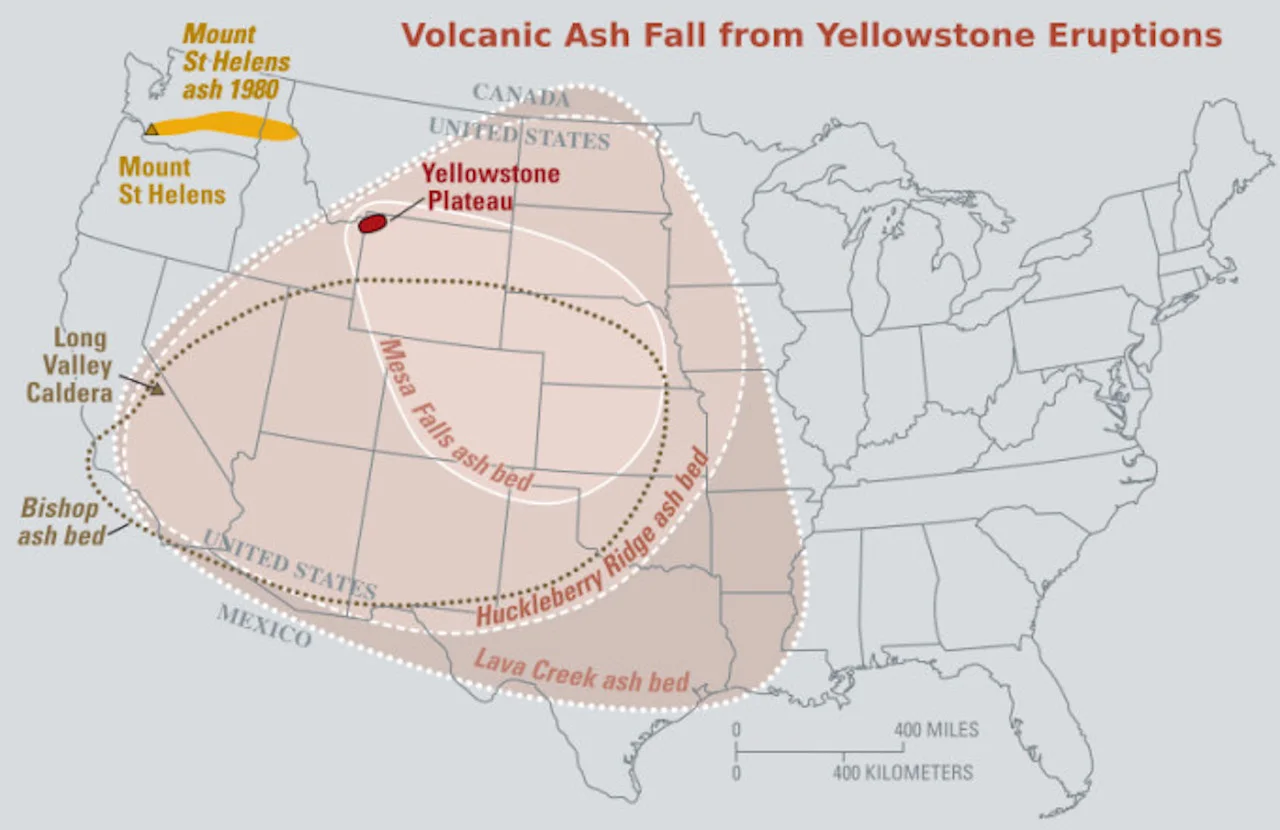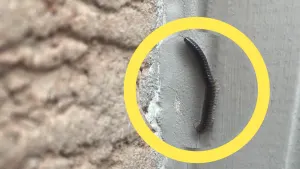
Yellowstone sees 1,000+ earthquakes in July. Super-eruption to come?
The University of Utah seismograph stations recorded 1,008 earthquakes at Yellowstone National Park in July, with the strongest tremor registering a 3.6 magnitude, says the United States Geological Survey (USGS).
July was fairly active seismically for Yellowstone National Park, which recorded a figure not seen since June 2017, according to a recent report from the United States Geological Survey (USGS).
The University of Utah seismograph stations recorded 1,008 tremors, but all of them registered as minor magnitudes. The strongest earthquake had a 3.6 magnitude, occurring at a depth of 17.7 km beneath Yellowstone Lake.
SEE ALSO: Yellowstone's Old Faithful geyser might stop erupting, here's why
"This number is preliminary and will likely increase, since dozens more small earthquakes from July 16 require further analysis. This is the most earthquakes in a month since June 2017, when [more than] 1,100 earthquakes were located," the USGS said.

(Videoblocks)
A swarm of 764 earthquakes occurred beneath Yellowstone Lake, beginning on July 16. The pack consisted of four earthquakes in the magnitude 3 range and 85 in the magnitude 2 range.
IS AN ERUPTION FORTHCOMING?
Yellowstone is adored for its picturesque scenery and known for its distinctive geothermal features, such as Old Faithful and its caldera complex. The latter is referred to by many as a supervolcano.
With the high number of earthquakes last month, does the tally indicate an imminent eruption at Yellowstone? Rest assured, the answer is no. The USGS says this level of seismicity is not unprecedented and it doesn’t reflect magmatic activity, as no other indicators were found.
"Earthquakes at Yellowstone are dominantly caused by motion on pre-existing faults and can be stimulated by increases in pore pressure due to groundwater recharge from snow melt. If magmatic activity were the cause of the quakes, we would expect to see other indicators, like changes in deformation style or thermal/gas emissions, but no such variations were detected," USGS said in the report.
The Yellowstone area experiences anywhere from 700 to 3,000 earthquakes every year, according to the National Park Service.
Although most are too small to be felt, the quakes are an indication of the state of the Yellowstone region -- one of the most seismically active areas in the United States. Each year, multiple tremors registering with magnitudes 3 or 4 are felt by people within the park.
THE CHANCES OF ANOTHER MASSIVE ERUPTION
Yellowstone has produced three extremely large volcanic eruptions (caldera-forming eruptions) in the past 2.1 million years, according to the USGS. In each cataclysmic event, large volumes of magma exploded at the surface and were sent into the atmosphere as mixtures of red-hot pumice, volcanic ash, and gas that disperse as pyroclastic flows in all directions.
Data from the agency suggests that the Yellowstone caldera system erupts approximately every 730,000 years, with the most recent explosion occurring 640,000 years ago.
The last eruption created a 56-kilometre-wide, 80-kilometre-long Yellowstone caldera. Pyroclastic flows from the discharge left thick volcanic deposits known as the Lava Creek Tuff, which comprises the north wall of the caldera. Vast volumes of volcanic ash skyrocketed into the atmosphere, and some of it can still be found in places as far from Yellowstone as Iowa, Louisiana and California.

Map of the known ash-fall boundaries for major eruptions from Long Valley Caldera, Mount St. Helens and Yellowstone. (USGS)
If another catastrophic eruption from Yellowstone were to happen, the effects would be worldwide, the USGS says. Thick ash deposits would bury extensive areas of the United States, and huge volumes of volcanic gases would be shot into the atmosphere. It would likely affect the global climate and have "enormous effects on human activity, especially agricultural production, for many years."
"Fortunately, the Yellowstone volcanic system shows no signs that it is headed toward such an eruption. The probability of a large caldera-forming eruption within the next few thousand years is exceedingly low," the USGS said.
It added that a more likely scenario to occur is the eruption of a lava flow, which would be "far less" devastating than a large explosive, caldera-forming blast.
VIDEO: SUPERVOLCANO COULD ERUPT CAUSING ASH TO FALL OVER THE ENTIRE GLOBE
Thumbnail courtesy of Videoblocks.
With files from Isabella O'Malley.
Follow Nathan Howes on Twitter.











